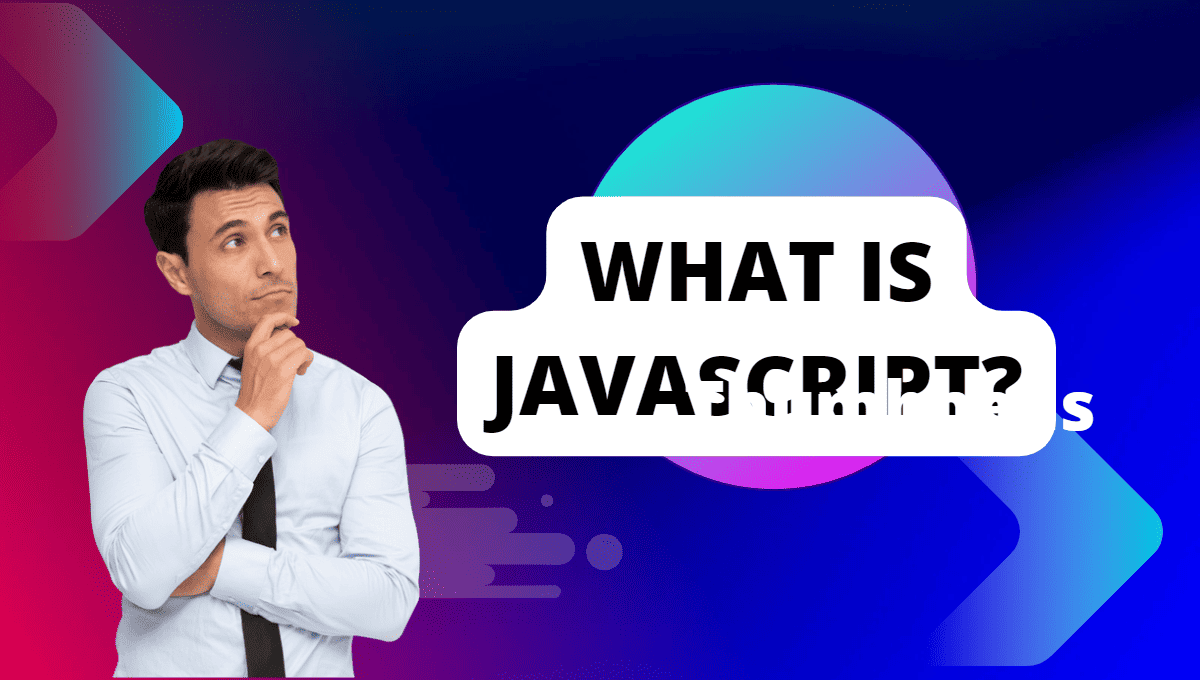JavaScript is an interpreted and object-oriented language.
JavaScript is also a client-side, event-based, object-oriented scripting language.
In other words, we can say that JavaScript is a lightweight programming language that is used to create more dynamic interactions for web pages, applications, games, etc.
JavaScript is one of the most popular languages. JavaScript is a widely used programming language worldwide. It is growing faster than any other programming language and big corporates like Netflix.
JavaScript is the most powerful scripting language which is used to develop webpages and applications.
JavaScript is a dynamic programming language.
JavaScript, CSS, and HTML work together to make the website and application user- friendly or more interactive.
JavaScript is unique because it can run directly on a browser, not on any server.
Example of JavaScript:
<script>
document.write("Hello world");
</script>
History Of JavaScript
In September 1995, Brendan Eich, a programmer at Netscape developed a programming language in just 10 days.
This language was initially called Mocha, then Live Script.
In 1995 Netscape and Sun(the organization that owned Java) had a license agreement regarding JavaScript(then LiveScript) hence it was renamed to JavaScript specifically “Java” script because Java was the most popular language at that time and this would help the marketing of the JavaScript as well.
In 1996, Netscape submitted JavaScript to European Computer Manufactures Association(ECMA) and it was standardized allowing other companies to create
JavaScript engines and implement the language in their own products.
JavaScript grew rapidly since then and in 1997 ECMA was given the responsibility to create a specification for the language.
After 1995, ECMA realised a stable version in 2021.
During the JavaScript development time, whether to go for a new language was a conflicting decision. The reason for the conflict was Java’s progress at the same time. ECMA Script2 and ECMA Script3 came up in 1998 and 1999.JQuery’s release was in
2005.ECMA Script6 arrived in 2008. Organizations such as Facebook and Google started using JavaScript in 2016.
Features Of JavaScript
Simple and Easy:
JavaScript is a simplified version of Java programming language. It is a simple and easy-to- learn programming language.JavaScript programs/scripts contain English-like commands/instructions, hence easy to learn, Code, understand, modify, debug, and test.
Powerful:
JavaScript provides a rich set of operators to perform the operation on various types of data, for example, JavaScript provides arithmetic operators to perform addition, subtraction, multiplication, and division operation on numbers.JavaScript is a powerful and popular language. JavaScript provides logical operators to perform Boolean operations. JavaScript
provides logical operators to perform comparison operators to compare two data and it provides many more operators.
Lightweight:
JavaScript code takes very less memory footprint for execution and JavaScript is a simple and small language. Hence JavaScript is considered a lightweight language.
Scripting Language:
Codes that are placed within another document for execution are generally called scripts. Execution depends on the scripts on another file. As JavaScript code is placed within HTML documents for execution. We can say JavaScript codes are called scripts.
Client Side Scripting Language:
JavaScript codes are not executed on the server instead they are executed on the client machine by the user’s b browsers (AKA Client software/browsers). we can say JavaScript is a client-side scripting language. As JavaScript codes are executed on the client side, not on the server side.
Interpreted Language:
Most of the other programing language codes need to be compiled first for their execution.
JavaScript codes need not be compiled because the browser interpreter executes JavaScript codes line by line on the fly. Hence JavaScript is an Interpreted language.
Case Sensitive:
JavaScript treats lower case letters and upper case letters separately/differently. If we create three identifiers num, NUM, and Num, then they are considered as different identifiers.
Because they might have the same spelling but they are defined differently using upper case and lower case letters. In JavaScript, the lowercase letter ‘a’ and the uppercase letter ‘A’ are completely different.
While programming in JavaScript anything that needs to be written in lowercase letters, must and should be written in lowercase letters, and anything that needs to be written in
uppercase letters, must and should be written in uppercase letters. JavaScript is a case- sensitive language. HTML is not a case-sensitive language.
Weakly or Un-Typed Language:
In JavaScript, while creating variables, constant pr parameters programs need not explicitly define their data type JavaScript automatically figures out the data type based on the type of value stored in a variable, constant, or parameter.
Prototype or Object-Based:
In object-oriented programming language objects are created by creating new instances of classes whereas JavaScript is a prototype-based language. Hence JavaScript is creating new instances of prototypes instead of classes.
As JavaScript is an object-based language. It has no object-oriented concepts like class, inheritance, polymorphism, dynamic binding, etc. The concepts of Object-oriented are simulated through the use of prototypes in JavaScript.
Collectors:
The collector is the final class that extends Object classes, interfaces, and an enum to allow function style operations on the element into collections, summarizing elements according to various criteria, etc.
Application Of JavaScript
Technology is constantly going through an evaluation and so are the languages that are used to develop them by using Java, we can develop a variety of applications such as network
applications, desktop applications, web applications, etc. Application of Java, java is used to develop:
Desktop Application Web Application Mobile Application Enterprise Application Scientific Application
Mathematical Application Embedded Systems Cloud base Application Distributed Application
IoT Application Game Development
Desktop GUI Application
Big Data Technology and so on.
